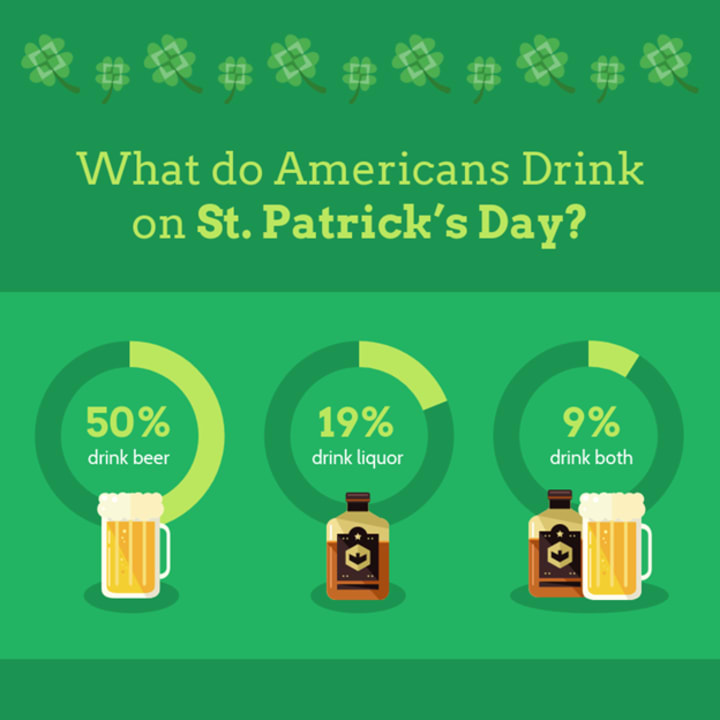9 Ways To Make Pie Charts Easily
How To Make a Pie Chart?

Pie charts are one of the most widely used forms of data visualization, but their popularity might lead to poor design choices made by chart makers without an eye for best practices.
Pie Charts Are Poorly Used in Presentations, For Shame!
If there's a poster child for "misunderstood," it'd be the humble pie chart. We've all seen them - rows of tiny little wedges with colors that scream at us from across the room. Think back to school... Did your teacher use a lot of pie charts? I bet they did! But why? Pie charts were initially developed to show proportional data where all the parts add up to a whole, and they were very interactive for their time.
In the 1870s, when early pie charts were created, there was no other way to visualize data in such a small space.
But today, we have better pie chart maker tools at our disposal!
How To Make a Pie Chart

There are several ways you can improve your pie charts by using them more effectively with colors and spacing. Let's start with color first:
1. Limit Colors in Pie Graphs
It's tempting to use as many colors as possible with a touch of whimsy, but this often results in unreadable pies that jump out too far from the page or slide. When communicating information quickly, less is more - primarily if your pie represents essential data.
You should limit yourself to 2-3 colors in a pie chart and always use meaningful color palettes that accurately represent what you are trying to show. Personally, I find it practical to use one color for the "background" of the pie, another for areas where specific percentages apply, and the third color for small slices within the main body of the chart.
2. Don't Make People Read Symbols or Labels When Drawing Pie
Be aware that people will read labels upside down if they have to! If you're using symbols rather than text labels when you make your pie charts, make them big enough to read easily.
This is especially important for people viewing pie charts on the web, as they may need to switch between screen and print sizes depending on which version of the chart they're looking at. Avoid making your viewers struggle by using text labels instead of symbols or vice versa.
3. Create a Pie Chart With Each Slice To Appear Unique
Your audience should be able to recognize each section immediately by its unique shape, even from a distance! If you have more than 1 slice that's identical in size, you can space them apart, so they appear different from one another. Or replace them with a section of the pie that has unique characteristics.
4. Don't Overlap Slices in Your Round Chart
Avoid "hiding" slices under other pieces. If small sections can't be seen, you should move or remove them rather than hide them behind something else. Pie charts look cluttered when this is done, making understanding your data more difficult for viewers. It's better to omit these small areas entirely if possible or use another visualization technique to show the perfect subset of your information (like an exploded pie). Not sure how? Use a pie chart maker like Venngage to make your life easier.
5. Use Appropriate Amounts of Text in a Blank Pie Chart
Pie charts really aren't great at showing large amounts of text beyond what's necessary for specifying section names (top and bottom labels). If you need to show more text than this, consider grouping and labeling your pie slices with a legend or some other method.
6. Mind the Data Resolution
Pie charts don't show slight differences in percentages very well at all - often, we see chunky wedges where we should see smooth gradients between sections. This means that if your audience is trying to compare values on your pie chart by looking at each sector individually, they might get lost! Breaking up your pie into smaller parts can help solve this problem if it's an issue for you.
7. Show One Thing per Pie Chart
I can't say enough about how important it is to limit yourself to one point when creating a pie chart: either show one metric or offer a one-time frame. Pie charts are great for showing how values change over time (or at least they were before the invention of other types of graphs). But pie charts can't do both - which means you'll need to use more than one chart if your audience wants to compare metrics side by side.
8. Show the Metric You Want to Communicate First

You want your audience to read from left to right, so what do you show first? If you have categories that are less important in terms of what you're trying to communicate.
9. Use a Legend When You Can't Show Categories on the Left
If you have a lot of data represented by color or symbols, use a legend! The best place for it is usually above or below your pie chart. If your viewers struggle with reading small text next to big blocks of colors, they might not be able to find what they were looking for - so give them important labels within easy sight.
So there you have it, folks - the good and the bad of using pie charts. I hope you've learned a bit about how to avoid some common mistakes and that you'll consider which type of graph will be the best fit for your data next time you're making a chart. Check out Venngage’s pie chart tools that can help you create one today!






Comments
There are no comments for this story
Be the first to respond and start the conversation.